2022 Vol. 37, No. 6
2022, 37(6): 1021-1045.
doi: 10.1016/S1872-5805(22)60652-8
Abstract:
2022, 37(6): 1046-1065.
doi: 10.1016/S1872-5805(22)60651-6
Abstract:
2022, 37(6): 1066-1088.
doi: 10.1016/S1872-5805(22)60645-0
Abstract:
2022, 37(6): 1089-1115.
doi: 10.1016/S1872-5805(22)60653-X
Abstract:
2022, 37(6): 1116-1124.
doi: 10.1016/S1872-5805(22)60607-3
Abstract:
2022, 37(6): 1125-1134.
doi: 10.1016/S1872-5805(21)60069-0
Abstract:
2022, 37(6): 1135-1144.
doi: 10.1016/S1872-5805(22)60619-X
Abstract:
2022, 37(6): 1145-1153.
doi: 10.1016/S1872-5805(22)60626-7
Abstract:
2022, 37(6): 1154-1162.
doi: 10.1016/S1872-5805(22)60616-4
Abstract:
2022, 37(6): 1163-1171.
doi: 10.1016/S1872-5805(21)60057-4
Abstract:
2022, 37(6): 1172-1182.
doi: 10.1016/S1872-5805(21)60047-1
Abstract:
2022, 37(6): 1183-1192.
doi: 10.1016/S1872-5805(21)60078-1
Abstract:
2022, 37(6): 1193-1200.
doi: 10.1016/S1872-5805(22)60625-5
Abstract:


 Abstract
Abstract HTML
HTML PDF
PDF
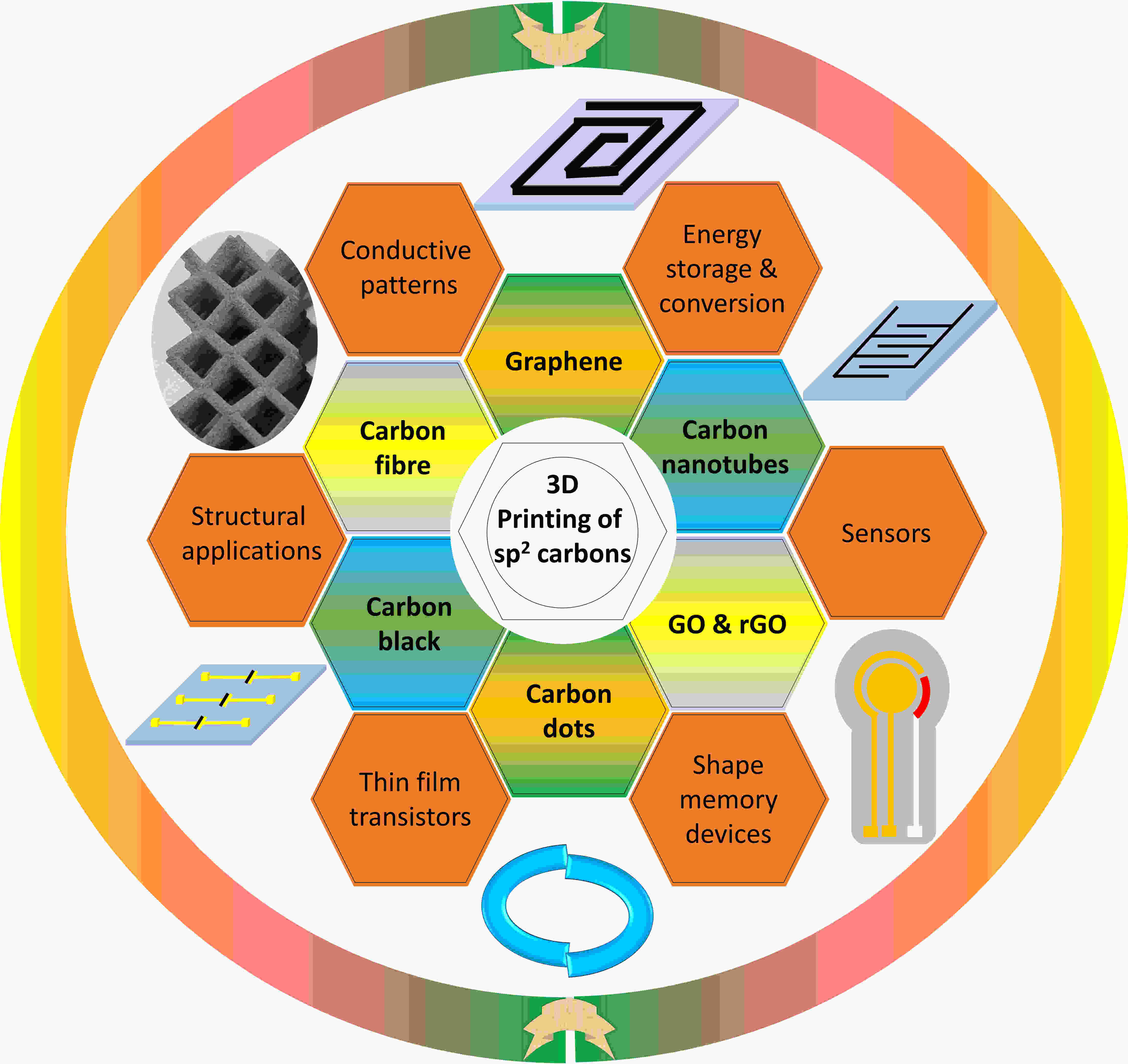
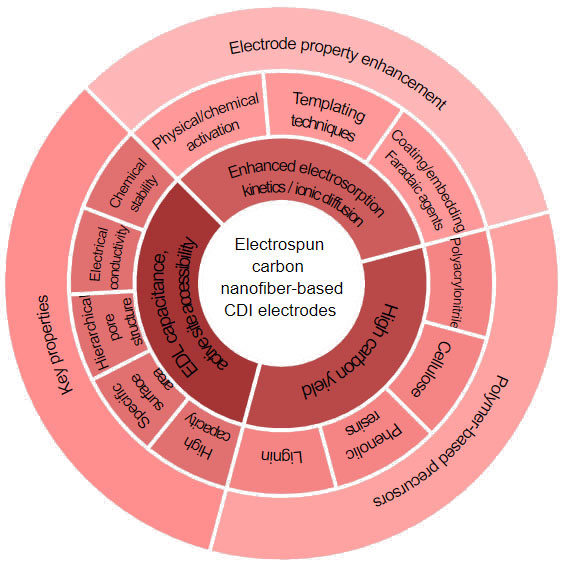


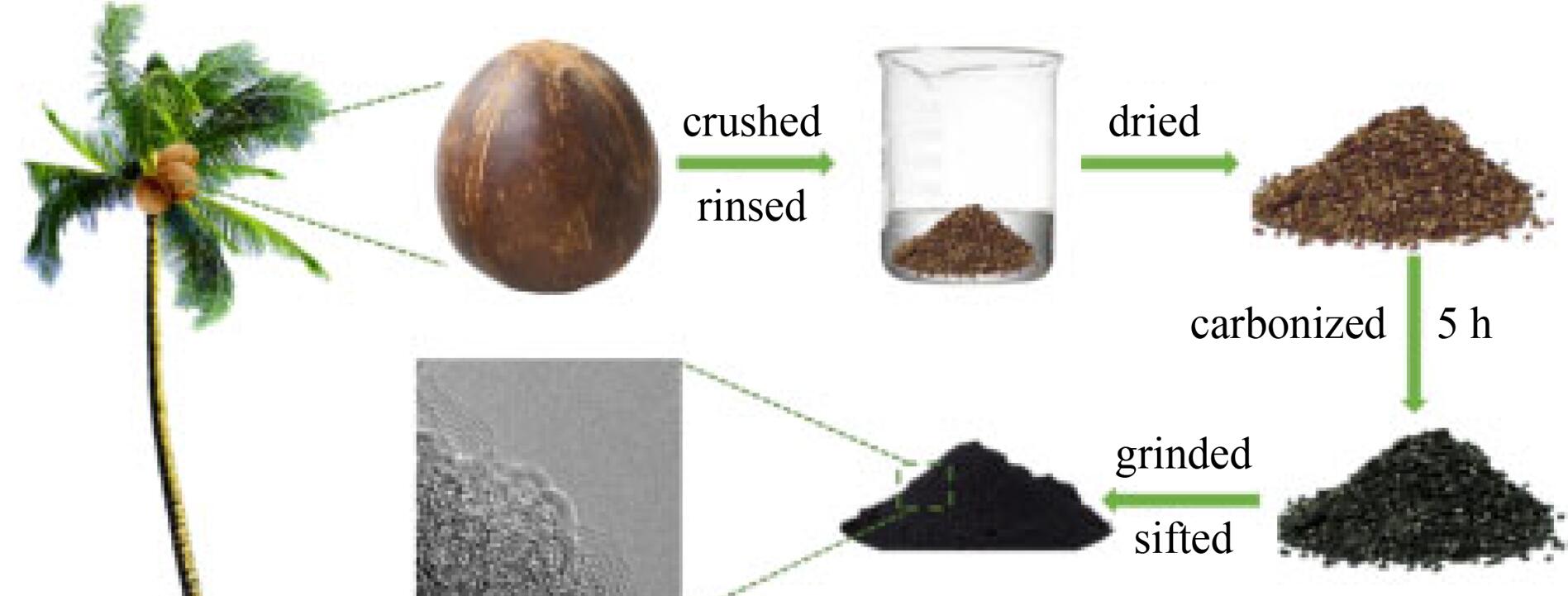
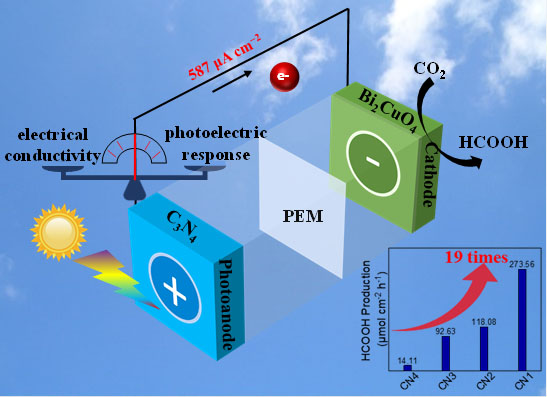

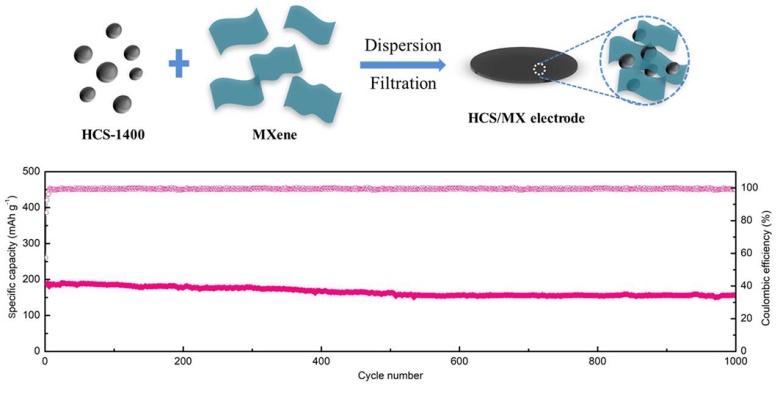
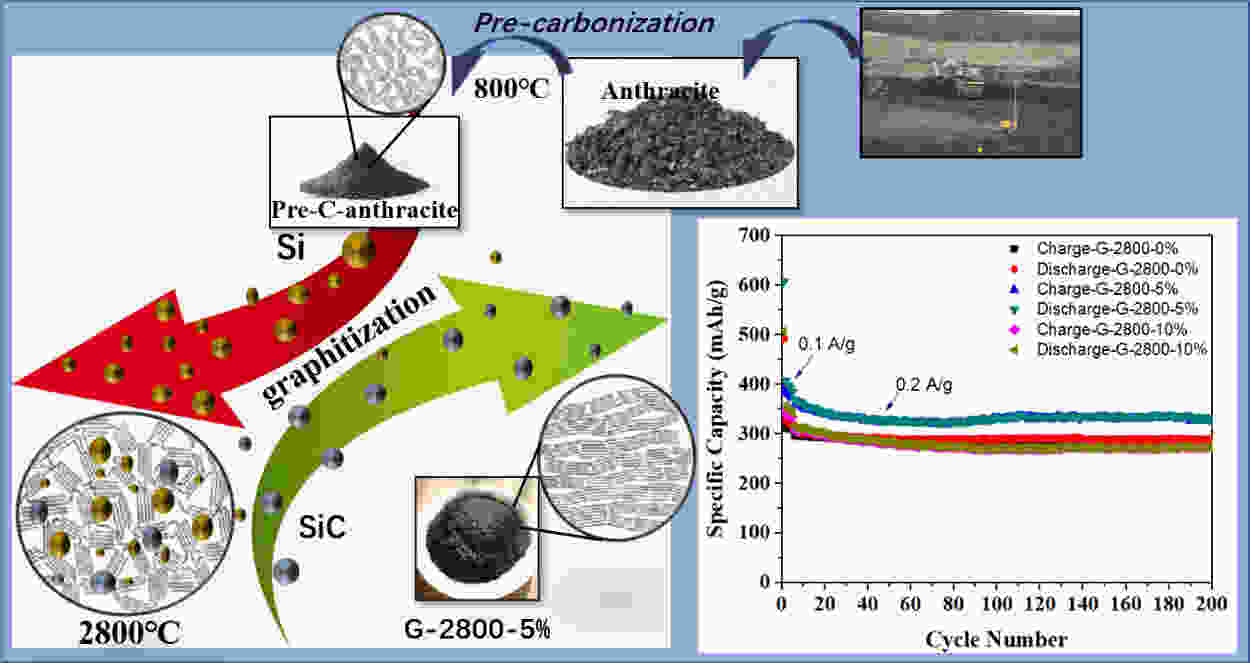
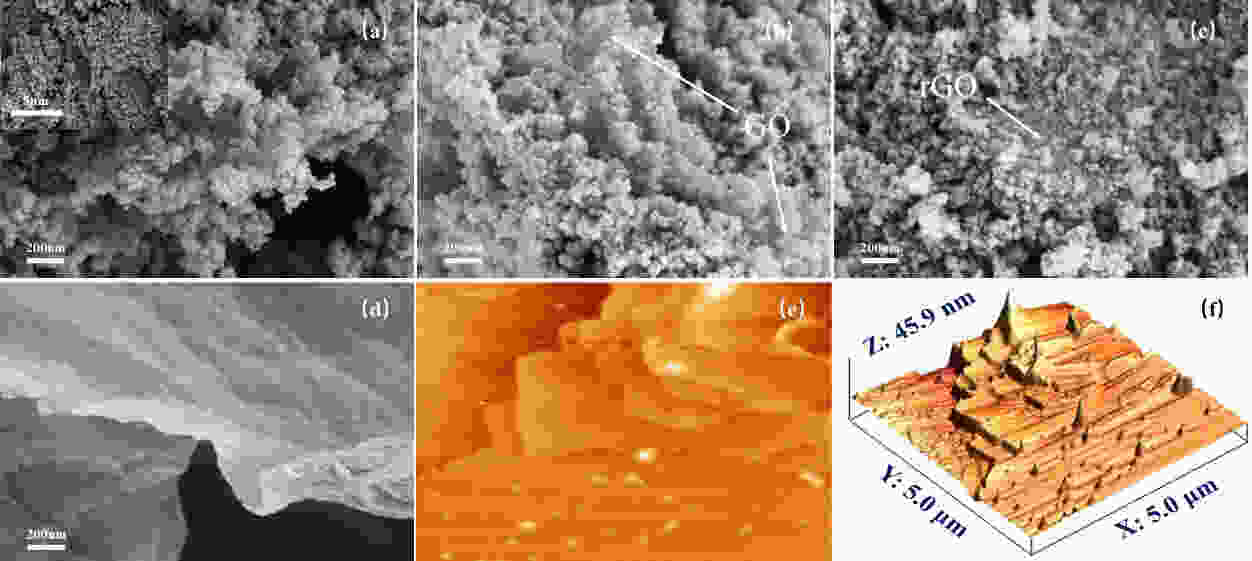

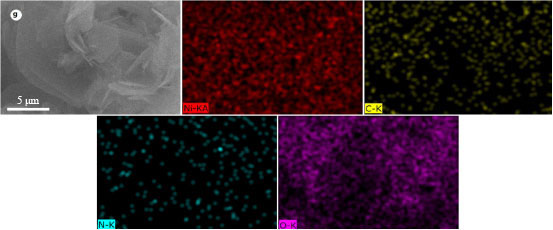
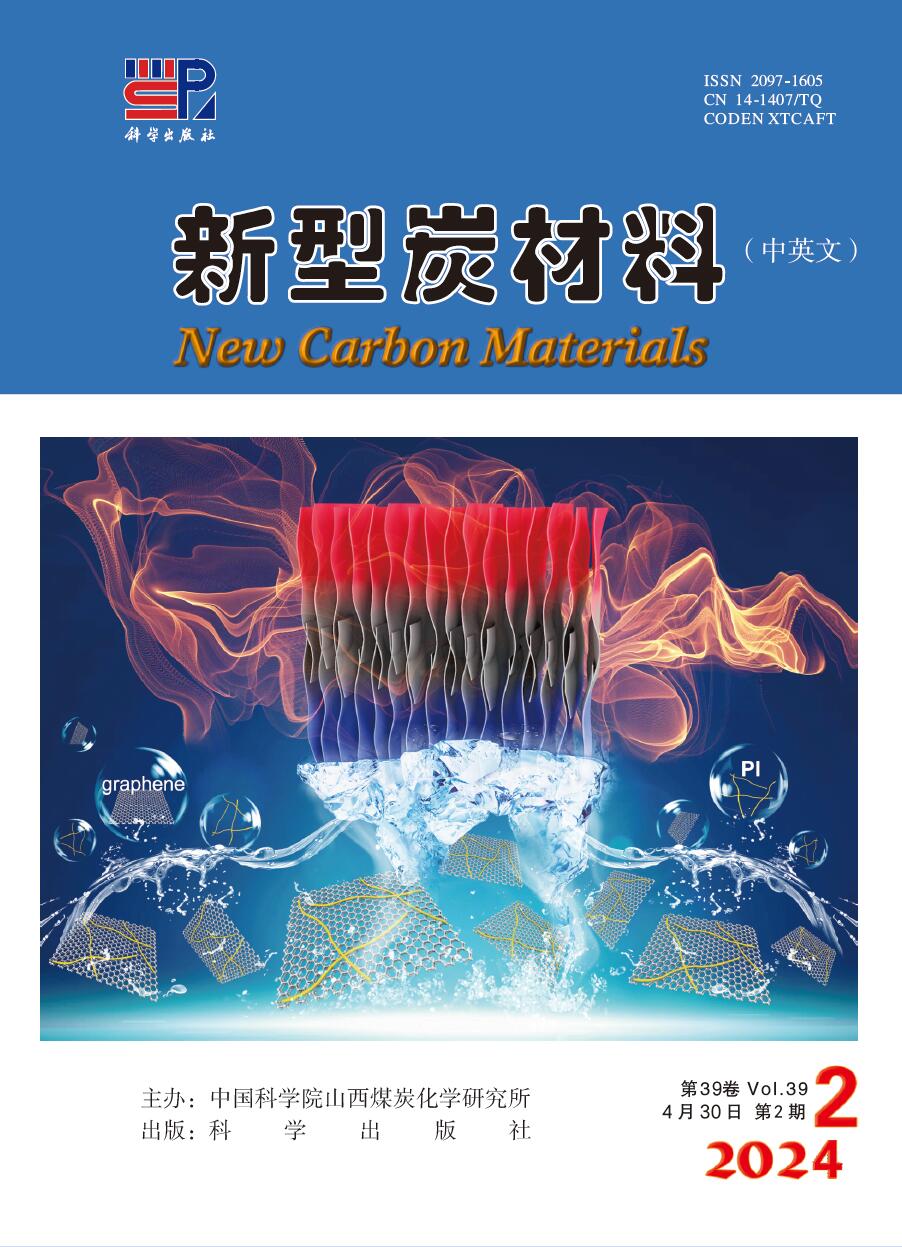

 Classified Collection
Classified Collection

 Email alert
Email alert RSS
RSS Download
Download Links
Links

